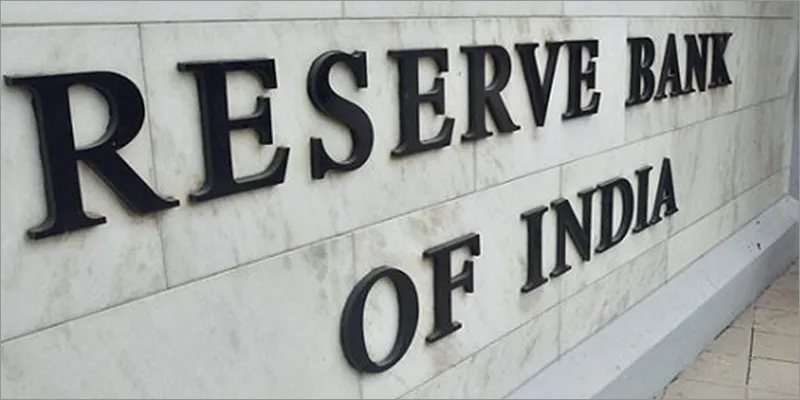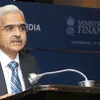Speed, scale of vaccination to shape path of economic recovery: RBI report
As per the current assessment, the second wave of the pandemic has mainly hit the domestic demand, the RBI said in an article on the 'State of Economy' written jointly by RBI Deputy Governor MD Patra and other officials.
The speed and scale of the vaccination against COVID-19 will shape the path of economic recovery, which has the resilience and the fundamentals to bounce back from the pandemic and unshackle itself from pre-existing cyclical and structural hindrances, said an RBI report.
As per the current assessment, the second wave of the pandemic has mainly hit the domestic demand, the RBI said in an article on the 'State of Economy', written jointly by RBI Deputy Governor MD Patra and other officials.
Observing that vaccines by themselves will not end the pandemic, the article said, "We have to learn to live with the virus, complementing vaccines with ramping up investment in healthcare, logistics, and research."
"The pandemic is a real shock with real consequences. Hence, there is a need to ensure that the recovery is built on a solid foundation of business investment and productivity growth."
The Indian economy, it added, continues to wrestle with the second wave of the pandemic, though cautious optimism is returning.

The central bank, however, said views expressed in the article are those of the authors and do not necessarily represent the views of the Reserve Bank of India.
On the brighter side, several aspects of aggregate supply conditions - agriculture and contactless services are holding up, while industrial production and exports have surged amidst pandemic protocols, it said.
"Going forward, the speed and scale of vaccination will shape the path of recovery. The economy has the resilience and the fundamentals to bounce back from the pandemic and unshackle itself from pre-existing cyclical and structural hindrances," the article said.
The article notes that the finance ministry estimates that in order to achieve herd immunity and regain the momentum of the economic recovery, the target population to be vaccinated is 70 crore by September 2021, and around 113 crore more doses are needed; accordingly, around 93 lakh vaccinations are required per day to achieve the herd immunity.
While the peak daily vaccination rate attained till date is 42.65 lakh, doubling the shifts and possibly vaccinating 24x7 for a couple of months can enable the ambitious, but possible, throughput of 1 crore shots a day, as per the Monthly Economic Review (May 2020), Department of Economic Affairs, Ministry of Finance.
The article also said that an aspect of RBI's annual report that has raised considerable "heat and dust" in the media is the surplus transferred to the government.
Mainly stemming from saving on balance sheet provisions and employees' superannuation and other funds, the surplus constitutes just 0.44 percent of GDP (which is taken as a measure of seigniorage), it said.
Referring to findings of a comprehensive research on central banking in developing countries, the article said: "From the point of the surplus transfer alone, therefore, the Reserve Bank can be characterised as 'free-ranging' and conducting independent monetary policy, i.e., independent of fiscal dominance".
As per another article published in the RBI's monthly bulletin titled 'Fiscal Framework and Quality of Expenditure in India', the COVID-19 pandemic necessitated an overwhelming fiscal response from governments across the world. As India unwinds the fiscal stimulus and embarks on the path of fiscal adjustment, it is necessary to emphasise on 'how' over 'how much', it said.
RBI said the article proposes a few quantifiable indicators, viz, ratios of revenue expenditure to capital outlay and revenue deficit to gross fiscal deficit along with threshold levels for them that can be suitably blended into the fiscal fabric for a sustainable growth trajectory.
Edited by Megha Reddy








